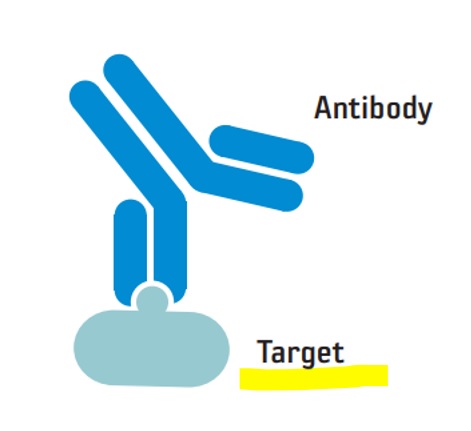Q: SDS precipitated in the stripping buffer of pH 2.2. Will this affect the antibody stripping efficiency? Empirical testing is necessary in cases where most optimal stripping protocol needs to be established. |  Note: It is important to consider, that for proteins of low abundance, the harsh stripping protocol, may also remove the target protein from the membrane, leading to increased background signal. |
Latest
Why an antibody may detect tagged protein but not endogenous one and in some cases endogenous protein but not its tagged version?2025-10-30 Calclulated and aparent molecular weight of detected protein is different, why?
2025-10-09 How to chose right loading control for Western blot?
2025-10-06 Is an antibody going to work in a technique I am planning to use it in?
2025-09-30 Antibody reactivity to recombinant protein,does not validate antibody specificity in endogenous sample
2025-08-20 Can aggregated antibody be still used?
2025-08-15 Blot Once, Probe Twice - when such approach can be beneficial?
2025-07-31 Why should glycerol not be added, to stabilize antibodies in serum?
2025-06-27 Can methanol in transfer buffer be replaced by a less toxic alternative?
2025-05-12 Will the precipitation of SDS in the stripping buffer affect antibody stripping efficiency?
2025-04-29
Archive
- October - 2025
- September - 2025
- August - 2025
- July - 2025
- June - 2025
- May - 2025
- April - 2025
- March - 2025
- February - 2025
- January - 2025
- December - 2024
- November - 2024
- September - 2024
- July - 2024
- June - 2024
- May - 2024
- March - 2024
- February - 2024
- December - 2023
- November - 2023
- September - 2023
- July - 2023
- May - 2023
- March - 2023
- January - 2023
- December - 2022
- November - 2022
- October - 2022
- September - 2022
- August - 2022
- June - 2022
- May - 2022
- March - 2022
- February - 2022
- January - 2022
- November - 2021
- October - 2021
- August - 2021
- June - 2021
- May - 2021
- April - 2021
- March - 2021
- February - 2021
- January - 2021
- December - 2020
- November - 2020
- October - 2020
- September - 2020
- August - 2020
- July - 2020
- June - 2020
- May - 2020
- April - 2020
- March - 2020
- January - 2020
- November - 2019
- October - 2019
- March - 2019
- April - 2017
- February - 2017
- May - 2016
- February - 2014
- September - 2013
- December - 2010
